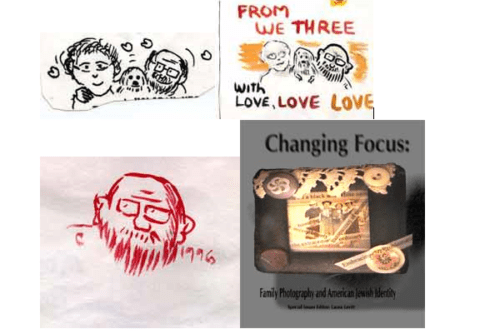As art historian Jody Blake has pointed out, avant-garde artists such as the Dadaists embraced the so-called “noise of jazz,” considering jazz to be “the musical counterpart of Dada’s own anti-art activities,” an “anti-music” that furthered dada’s anarchic program of social and political protest (Blake 1999, p. 60). Surrealist writers, such as Philippe Soupault, Robert Desnos, and Louis Aragon, composed poems devoted to the subject of jazz, while jazz music provided the backdrop for many avant-garde theatrical productions. 1 Jean Cocteau, whose Bœuf sur le Toit gave birth to the expression faire le bœuf, or “have a jam session,” considered the jazz band to be the “soul of modern urban forces,” from machines to skyscrapers to ocean liners, lyrically expressing both the cruelty and the melancholy of postwar life. 2 For Philippe Soupault, the lure of jazz for the Dadaists was intimately linked to the experience of the war: “To fully understand this taste for scandal,” he explained in his 1927 Mémoires de l’oubli, “it is necessary to remember the brutal rupture that occurred between our childhood and our youth. We were precipitated from childhood into the war, and from the war into a sort of euphoria of lust for life and will for oblivion. The Charleston fully expressed this frenzy that possessed us.” 3
For more conservative critics, jazz was a sign of cultural decadence and degeneration that threatened to undermine the French “civilizing mission.” In an article that appeared in Le Soir in June 1926, one critic asked anxiously, “Are we still in Paris? Are we still in a civilized country?” 4 Under the aegis of its president, Princess Anna de Saxe, the League against the Jazz Band banned all jazz music at its events. 5 In a long article on African American music and dance that appeared in Mercure de France in September 1926, critic André Rouveyre saw jazz as the living proof of the racial theory expounded in racial theorist Joseph Arthur de Gobineau’s Essai sur l’inégalité des races humaines (1853-55), which attributed a heightened sensuality and musical capacity to the “Negroid” race: “[T]he jazz band is the abdication of music in its role as an instrument of traditional culture. And this in the service of a virulent disorder, one that benefits only the instincts violently pulled out of the train of civilization, and then nurtured, with a blast of brass, drums and woodwinds, according to their ingenuity, their savagery, their sensuality, by the blacks” (Rouveyre 1926, p. 412). As critic Jeffrey Jackson points out, jazz provided a unique cultural vehicle for the expression of an entire constellation of concerns about French identity in the postwar period, fears both of regression and advance, of African arts and the machine age, of foreign influence and the loss of political power. 6 John Souter’s Breakdown, which was exhibited at the Royal Academy of Arts in London in 1926, captures both the fear and fascination attending this new musical form. The painting depicts a black saxophonist seated atop a classical statue in ruins, a statuesque nude moving in time with the music. The mammoth size of the statue suggests the enormity of the loss, the enraptured white dancer the potency of this cultural rebirth. The scandal caused by the painting, which resulted in its removal from the exhibit, expressed the larger cultural scandal that was jazz in the 1920s. 7
- For examples of “jazz poetry,” see Blake (1997), p. 72.[↑]
- Jean Cocteau, “Jazz-Band,” 4 aoôt 1919, Le Rappel à l’ordre, in Oeuvres completes de Jean Cocteau IX (Genève: Marguerat, 1946-51), pp. 124-127. For a discussion of the expression faire le bœuf, see Bernard Gendron, “Jamming at Le Bœuf: Jazz and the Paris Avant-Garde,” Discourse 12:1 (Fall-Winter 1989-90), p. 23, and Martin and Roueff (2002), p. 37.[↑]
- Philippe Soupault, Mémoires de l’oubli: 1923-1926, vol. 2 (Paris: Lachenal & Ritter, 1986), p. 35.[↑]
- René Wisner, “C’est un enfer sonore,” Le Soir, 18 juin 1926. Quoted in Jackson (1999), p. 193.[↑]
- See Shack (2001), p. 57.[↑]
- See Jackson (1999), p. 199.[↑]
- See Blake (1999), p. 89.[↑]


